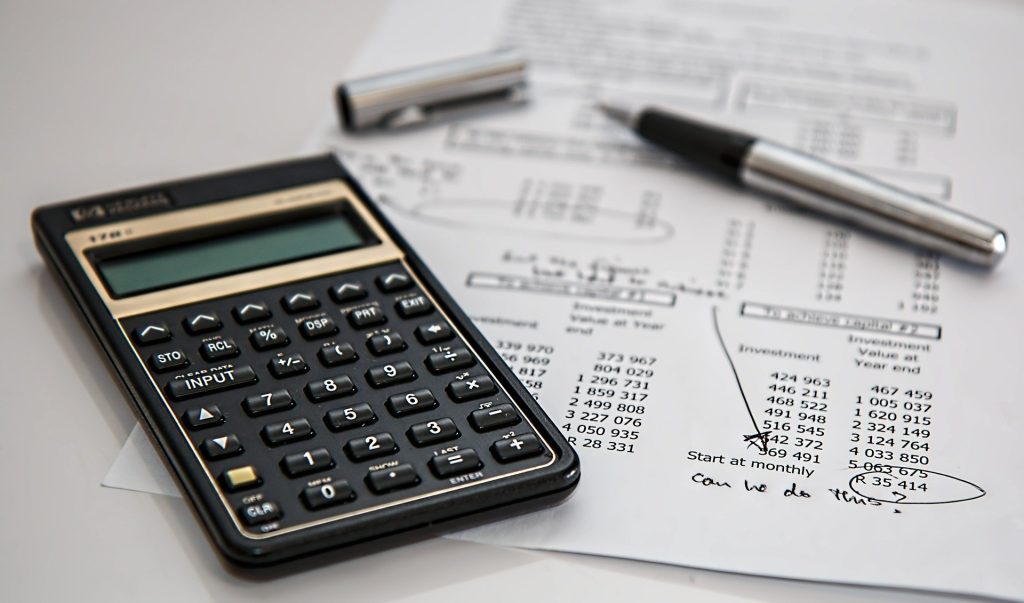
Author: Rafael Pupovac, Business analyst and consultant
Inefficient heating devices are the primary source of PM2.5 emissions in the Western Balkans[1]. The total number of annual premature deaths in the Western Balkans (WB6) attributable to PM2.5 emissions from households is estimated at 24,756, while the total annual costs attributable to inefficient and inadequate household heating in WB6 are estimated at 1.35 billion €[2]. This total, however, does not include the annual costs associated with premature deaths themselves[3]. In the WB6, the annual value of statistical life of premature deaths caused by household PM2.5 emissions is estimated at 26.8 billion EUR[4], higher than the GDP of some WB6 economies[5]. Why is this horrendous cost allowed to persist?
The answer may lie in the sheer scale of the problem:
- There are 5.3 million dwellings with heating in use in WB6, of which 3.3 million (61%) in stand-alone houses and 2.1 million (39%) in multi-apartment buildings (MABs). Heating (space heating, water heating, cooking) makes up 84.05% of total energy consumption in WB6 households. To produce the heat needed, most of the households in the region rely on traditional stoves and heat-only boilers, which are the most significant source of PM2.5 emissions;
- There are over 1.8 million stoves and over 1.7 million heat-only boilers in heating use in WB6 countries’ dwellings2;
- The investment needed for the replacement of inefficient heating devices is estimated at 1.4 billion € at lower end, to 2.4 billion € at upper end2.
The financial resources needed to solve this issue are more than any one (Western Balkan) economy can provide.
What are the countries in the region doing to solve the problem?
Governments at national and local levels throughout the six Western Balkan markets have made available to their publics over 350 publicly financed support schemes, which can be used to finance heating device replacement. However, only 21 of those are really focused on financing the replacement, while the rest just provide a theoretical possibility to do so, given criteria that limit the beneficiaries in accessing them to acquire a heating device. In reality, upgrading heating devices is rarely the use of schemes not specifically designed and dedicated to this purpose.
Only two national-level programmes for replacement of inefficient heating devices in households exist currently in WB6 (namely North Macedonia and Serbia).
None of the national programs target vulnerable groups. Most of the public financing efforts are performed through local self-government units (cities and municipalities), but they often lack resources to tackle the issue on their own. With the current potential funds available in the public sector, it would take WB6 almost 40 years to replace all of its inefficient heating devices in households[6].
The schemes which provide energy efficiency measures do not target vulnerable groups (living below the poverty line, energy poor, socially vulnerable, etc), while the social protection schemes that support vulnerable groups do not provide energy efficiency measures.
Even the most recent national and local public funding schemes (like those in Serbia and North Macedonia) fail to identify vulnerable groups as priority targets. These groups are often unemployed, living in deteriorating houses, and lacking the private capital needed for the co-investment required for participation in partial (50%) public subsidies. Over 40% of the population is living under financially unstable conditions[7], making them more prone (or simply lacking resources) to avoid investments in energy efficiency, including switching heat-fuels and heating devices.
Vulnerable groups are also associated with higher credit risk, making their access to retail finance even more difficult.
Limited number of banks provide financing for household energy efficiency investments without a publicly-funded incentive[8]. The only blended financing mechanisms on the market, those which blend development finance with private capital, are supported by the European Bank for Reconstruction and Development (EBRD) and the Kreditanstalt Für Wiederaufbau (Kfw), reimbursing up to 20% of the individual household investment project.
Retail financing, blended or not, does not target vulnerable groups, nor does it make access to finance easier for these groups. Apart from blended schemes by EBRD and Kfw, development assistance institutions do not provide funding for the replacement of inefficient household heating devices, with the single exception being the Millennium Kosovo Foundation, providing 100% subsidies to vulnerable groups.
What should the countries in the region do to solve the problem?
Current financial schemes in the region are not sufficient. Existing public financial schemes need to be improved, their scope widened, their target customers more focused, and their (increased) funds more accessible. The same applies to retail financing schemes, but these will most likely be market-driven in response to growing user education and market demand. Even if that is the case, retail market institutions should be incentivized by public sector, in order to speed up the replacement process. The development assistance institutions need to assist local authorities in providing those incentives, or need to provide them directly (as it is currently the case).
New financing schemes need to be introduced, with more focus on citizen engagement, transparency and participation in investment decision making. This could be accomplished through improved grants, blended finance schemes, on-tax incentives and fiscal solutions, introduction of revolving funds, third-party investments, crowdfunding, utilisation of energy communities, or using all of these solutions combined.
Improving energy performance of individual households, primarily through improvement of the heating, is one of the key measures in improving overall energy sustainability of the WB6 region, reducing the costs in the energy sector, significantly improving public health, and decreasing staggering health-related costs which by themselves justify the proposed acceleration of public investment, domestic and/or international.
[1] multiple sources: Biomass-Based Heating in the Western Balkans – A Roadmap for Sustainable Development, World Bank, 2017; National report submissions under the Convention on Long-Range Transboundary Air Pollution in 2020 by Serbia and North Macedonia; Status of air pollutants and greenhouse gases in the Western Balkans, Joint Research Center (JRC), 2020
[2] Author estimates presented in the Assessment of Financing Options for Replacement of Inefficient Household Heating Devices in 6 Western Balkans’ Countries, RES Foundation, 2021; Estimates were carried out based on the data by World Health Organization, European Environment Agency, Health and Environment Agency, UN Environment
[3] The total annual costs estimated include Annual Excess Energy Cost, Annual Excess GHG Emissions Costs, Annual Saved Wood, Annual PM2.5 Monetization of health impacts (costs), Annual Direct Energy Subsidies consumed in Households, Direct Energy Subsidies provided to Vulnerable Consumers
[4] Economic cost of the health impact of air pollution in Europe: Clean air, health and wealth, WHO Regional Office for Europe, OECD (2015)
[5] EU Candidate Countries’ & Potential Candidates’ Economic Quarterly (CCEQ), 2nd Quarter 2020, European Commission
[6] Assessment of Financing Options for Replacement of Inefficient Household Heating Devices in 6 Western Balkans’ Countries, RES Foundation, 2021, Chapter 3.1. Total estimated annual public subsidies available in WB6 are estimated at 17.2mln EUR, which is sufficient for replacement of heating devices in approximately 43,000 households in WB6 annually. With the low-end estimates of 1.7 heating devices in households in need of replacement, and with 43,000 being potentially replaced annually, it would take 39.53 years to complete the replacement.
[7] Composite estimate based on the EUROSTAT, UNSD, and IEA, including Share of households that are unable to keep home warm, Proportion of population without access to clean cooking, Unemployment rates, Share of population at risk of poverty or social exclusion, Proportion of population living below the national poverty line
[8] Assessment of Financing Options for Replacement of Inefficient Household Heating Devices in 6 Western Balkans’ Countries, RES Foundation, 2021, Chapter 3.2.2. In total, 14 banks in WB6 are providing finance schemes for energy efficiency and heating devices: 2 in Albania (BKT, OTP Bank Albania), 4 in Bosnia and Herzegovina (Raiffeisen Bank, Sparkasse Bank, UniCredit Bank Banja Luka, UniCredit Bank FBiH), 2 in Kosovo (NLB Banka, TEB SH.A.), 2 in Montenegro (Crnogorska komercijalna banka AD – OTP Bank group, NLB Banka), 4 in Northern Macedonia (Silk Road Bank AD Skopje, Komercijalna Banka AD Skopje, NLB Tutunska banka AD Skopje, Procredit Bank AD Skopje), and 2 in Serbia (Erste Bank, Halkbank)
